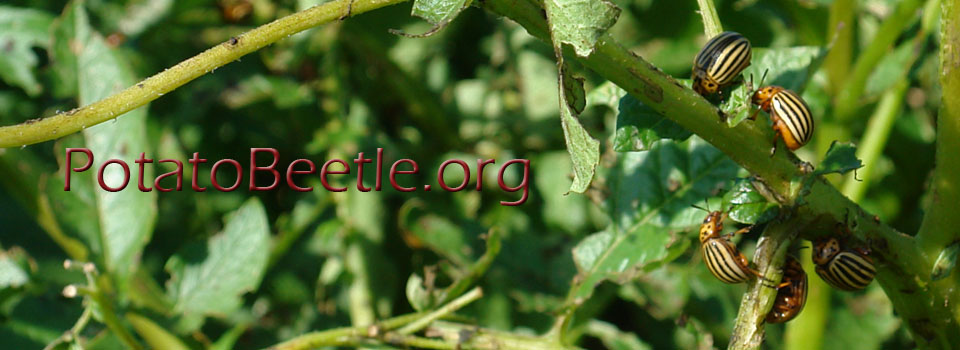Clements J, Schoville S, Clements N, Chapman S, Groves RL. Pest Manag Sci. 2017;73(3):641-650. doi: 10.1002/ps.4480.
BACKGROUND: The Colorado potato beetle, Leptinotarsa decemlineata (Say), is a major agricultural pest of commercial potatoes. Pest managers use a combination of control tactics to limit populations, including multiple insecticides. Finding a window of insecticide susceptibility and understanding genetic responses to insecticide exposure during a growing season may provide novel management recommendations for L. decemlineata. RESULTS: We examined temporal changes (during one growing season) in phenotypic response between a susceptible population and an imidacloprid-resistant population. Beetles remained more susceptible to imidacloprid in the susceptible population throughout the growing season. Estimated mean LC50 values varied throughout the growing season in the resistant population, with increased susceptibility among overwintered and recently emerged adult beetles compared with a heightened level of resistance in the second generation. RNA transcript abundance was compared among multiple time points through the growing season, showing that cuticular proteins and cytochrome p450s were highly upregulated during peaks of measured resistance. CONCLUSION: Temporal variation in imidacloprid susceptibility of L. decemlineata was observed, which included early time points of susceptibility and later peaks in resistance. Heightened resistance occurred during the second generation and correlated to increased transcript abundance of multiple mechanisms of resistance, including multiple cuticular protein and cytochrome p450 transcripts.
